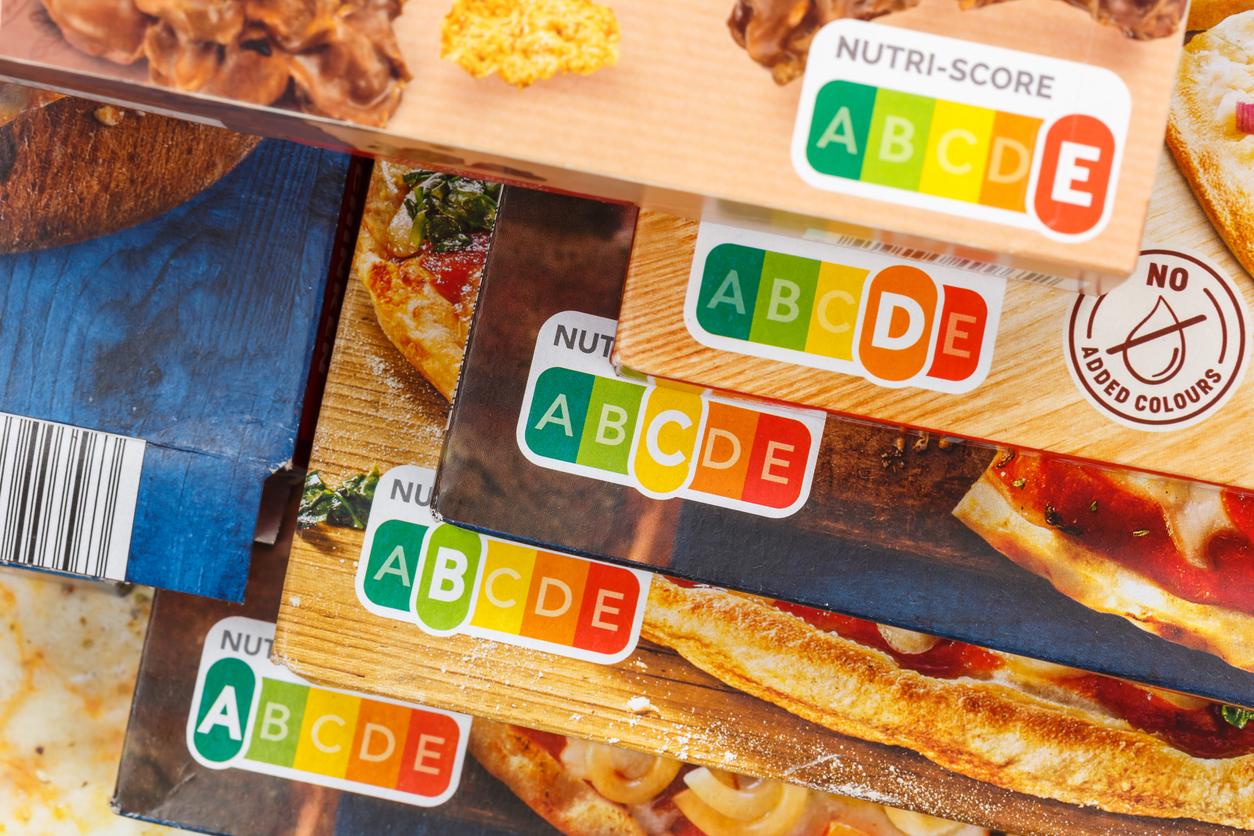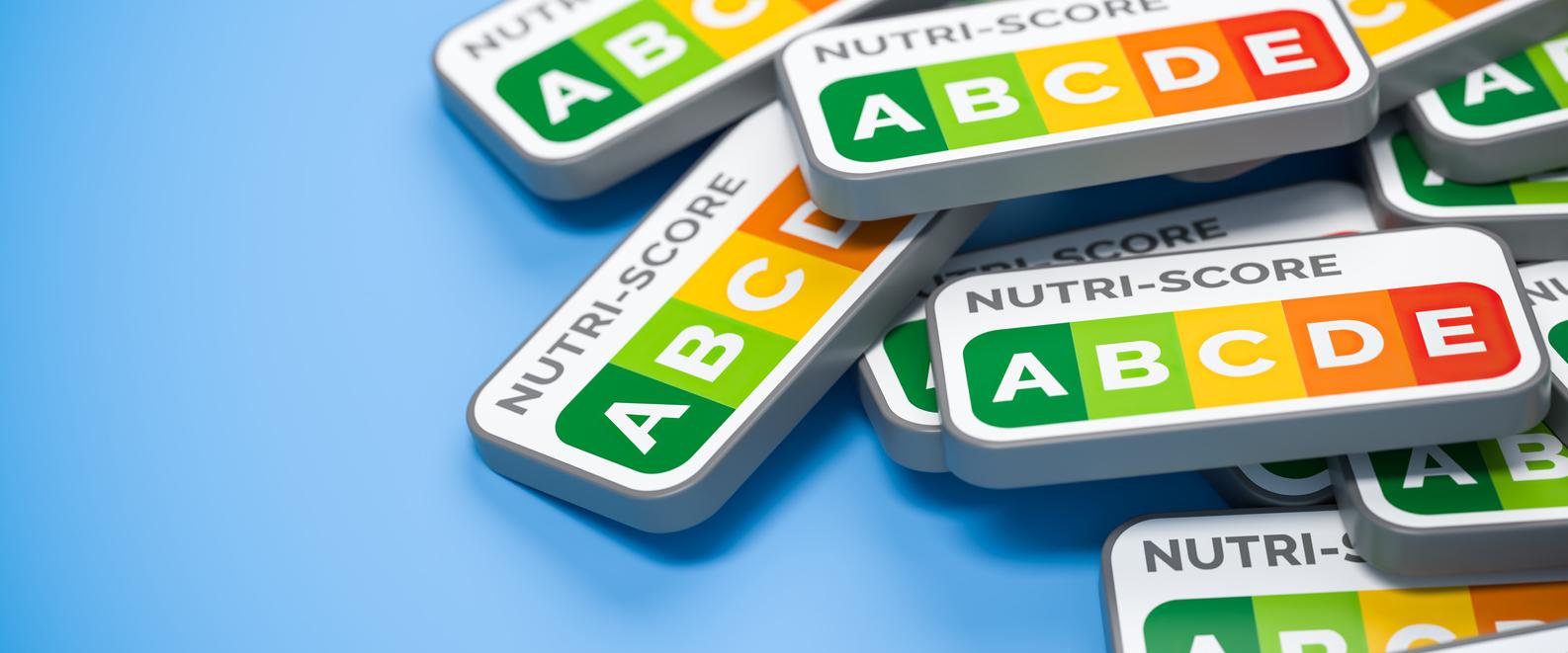
Will Nutri-Score be the successor to the check mark?
See at a glance whether a food is healthy or not. If the plans go ahead, it will be soon. Because then you may be able to see via the Nutri-Score whether or not you choose a product for your health.
A healthy choice logo
It is already an ‘old’ wish: a food choice logo on the packaging. There was once the Checkmark, which had to indicate which was the better choice. But this logo had quite a few snags because it was not independent. It was created at the initiative of the food industry. There has been no food choice logo in the Netherlands for two years now. But the government wants to change that. State Secretary Blokhuis’s prevention memorandum at the end of 2018 states that there must be a new logo by 2020 that helps to make a healthier choice. The Nutri-Score could be that logo.
What is the Nutri Score?
The Nutri-Score is a logo on the packaging that clearly indicates whether you can eat a product with confidence or whether you prefer to use it in moderation. The image consists of 5 colors and letters: dark green (A), light green (B), yellow (C), orange (D) and red (E). The dark green products, the A-labels, so to speak, are the healthiest. The red E labels stand for occasional use. The score per product is calculated based on the nutritional value and the amount of fruit or vegetables it contains. Positive and negative aspects are taken into account through a scientific calculation (an algorithm). For example, the content of sugars, saturated fat, calories and salt has a negative influence on the score. While the fiber and protein content and the percentage of fruit and vegetables in the product positively influence the score. The Nutri-Score does not look at the sustainability of a product or at portion size. And you could call that a disadvantage.
Is there already a Nutri-Score?
In the Netherlands there is no Nutri-Score yet. But that logo is one step closer now that several European countries are already using it. It has been introduced in France, and supermarkets in particular have also started using it in Spain and Belgium. Supermarkets in the Netherlands have also indicated that they do see the logo. That is striking, because previously they were not such a fan of a traffic light system on the packaging. Until now, the logo has not been made mandatory in the countries that already use it. So the question is which manufacturers will participate on that voluntary basis? You can imagine that manufacturers of, for example, soft drinks, sweets and snacks are not eager to label their products. There is a good chance that they will end up in the orange-red range.
Why is the Nutri-Score a good idea?
Reading packaging information is difficult. There is so much on the label and it is difficult to interpret that data correctly and determine whether a product is healthy. In England the traffic light system has been in existence for years, whereby it is indicated per nutrient (fat, sugars, salt) whether a product scores well, averages or bad. But then as a consumer you still have to choose what is most important to you. Nevertheless, according to research, this has a positive influence on purchasing behaviour. The Nutri-Score makes that choice even easier because it is an all-in-one score. If you mainly choose green labels, you’re in the right place. Research in France with the new Nutri-Score logo shows that it really helps to change buying behaviour. People will choose healthier if there is a Nutri-Score logo on the packaging.
Why isn’t it here yet?
A few things need to be done before a Nutri-Score is introduced in the Netherlands. The supermarkets are willing, but the food industry is critical. In addition, an adaptation of the algorithm that is now used in other countries is needed. The calculations behind the Nutri-Score as used in France and Belgium do not entirely correspond to the recommendations of the Wheel of Five. So it’s just a matter of time before you see the first logo in the Netherlands on a packaging.
















